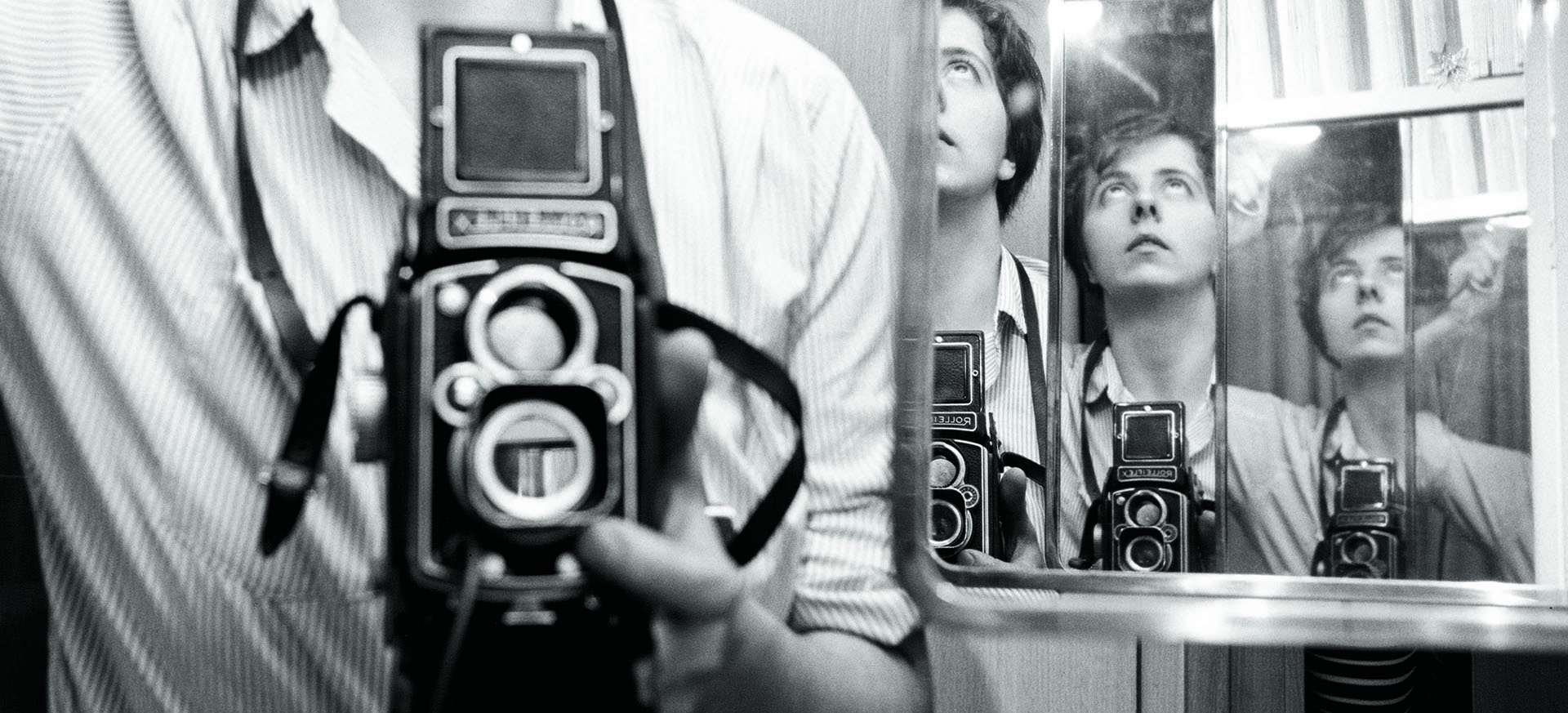While in France the Musée du Luxembourg is devoting an exhibition to her, the first accomplished biography of Vivian Maier, penned by Ann Marks and published by Simon & Schuster, offers an intimate look at the life and work of Vivian Maier, revealing a darker side of the myth.

You’re getting blind.
Don’t miss the best of visual arts. Subscribe for $9 per month or $108 $90 per year.
Already suscribed ?
Read more: Ruth Orkin : Stolen Moments



